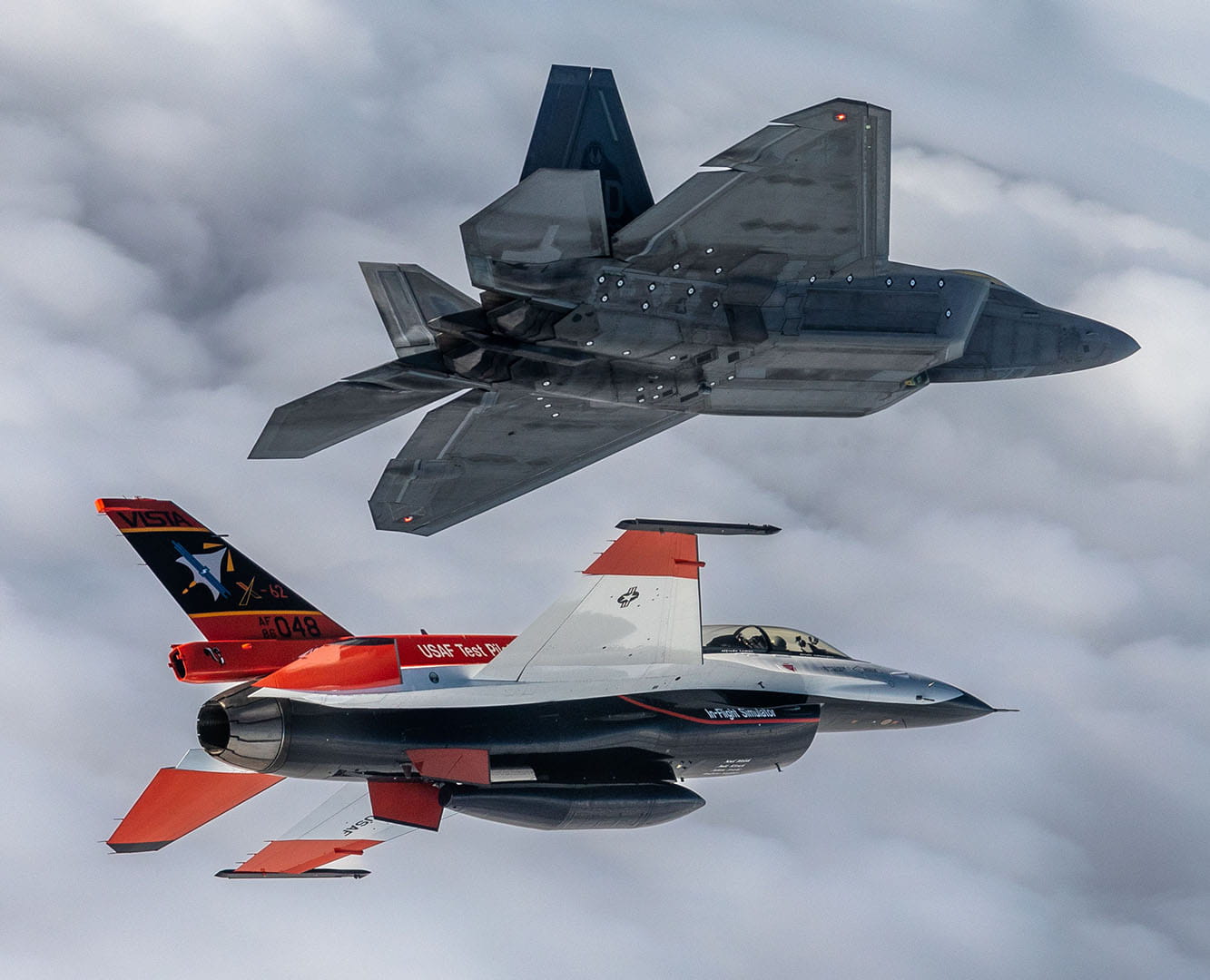Crowdsourcing weather forecasts
Raytheon to develop cloud-enabled, collaborative NOAA system
Severe weather is dangerous and not easy to predict. With more than 20 major weather disasters including tornados, hurricanes and flooding in the U.S. in 2020, residents across the country need to stay vigilant.
The key to accurate and timely forecasts is modeling that uses environmental data to make predictions on where a storm will go and how it will change over time. An improved weather forecasting system could raise the alarm even sooner, helping to save lives and protect property.
The National Oceanic and Atmospheric Administration, or NOAA, and Raytheon, an RTX business, will soon deliver a system that could give citizens the advance warning they need to help protect life and limb.
NOAA and Raytheon are working to develop a user-friendly and accessible Earth-modeling research-to-operations platform, called the Earth Prediction Innovation Center, or EPIC. The goal of EPIC is to catalyze community research and modeling system advances that continually inform and accelerate advances to the U.S.’s operational weather forecast modeling systems operated by NOAA’s National Weather Service.
EPIC will serve as NOAA’s framework to manage, validate and implement innovation from users. The system will use cloud computing to enable model developers to develop, test and exchange ideas for weather models to improve forecasting.
“Innovative ideas can come from anywhere – universities, government labs, international corporations, a retired software engineer or a team of students,” said Jennifer Hunt Frazier, senior director for Civil and Autonomous Vehicle Solutions at Raytheon. “By having a platform that everybody will be able to use and contribute to with a common set of tools, we will be able to streamline code development and focus more on the testing of the models, proving out the capabilities and promoting them faster into operations.”
Contributions will be automatically evaluated through test-driven gateways where advancement will be determined based on their ability to improve the performance of weather forecast models.
The EPIC system’s continuous integration and delivery pipeline will then quickly transition these advancements to the Unified Forecast System, a community-based, comprehensive Earth modeling system.
NOAA’s National Weather Service uses this as the source for operational applications. EPIC will begin with short- and medium-range weather models and grow to other atmospheric, land, ocean, sea, ice and climate models.
“With EPIC’s engagement strategy, we expect to see more users, more downloads, more innovations, and new ideas coming from across the research community,” said DaNa Carlis, deputy director for NOAA’s Global Systems Laboratory and acting EPIC program manager. “It is a fantastic opportunity to work better and smarter to develop and accelerate innovation in weather modeling.”
The community modeling crowdsourcing concept is a new approach for NOAA, and one that requires overcoming technical challenges, like computing capacity.
“When running a model, supercomputers are needed, which aren’t widely available outside of universities and government,” said Hunt Frazier. “That makes modeling not only expensive, but very time consuming, and it limits the people who have access.”
That’s why EPIC is using several different cloud providers to accelerate the timeline for weather model research to an operations development. EPIC’s key role is to ensure the Unified Forecast System code is able to run easily on an array of physical and cloud architectures, breaking down the barrier of entry for scientists from around the world.
By transitioning to the cloud, the weather community will be able to test models dynamically from an individual’s own local computer. It also opens modeling development to a more diverse and broader community than NOAA would typically gain access to. And, with additional contributors comes more collaboration and more improvements.
“In this software world, we’ve got to find new ways to bring the weather community together to develop our forecast capabilities,” said Mark Cunningham, associate director of business development for Civil and Autonomous Vehicle Solutions at Raytheon. “People want to collaborate, and this is the platform to do it.”
EPIC should shorten the time it takes to go through idea generation, test and approval of models from a few years to months.
“What we’re doing will improve the science, not just the models behind weather forecasting,” said Hunt Frazier. “Ultimately, EPIC will be able to help provide a higher degree of accuracy to change the uncertainty of natural disasters and the lives affected.”
With improved weather models, forecasters can better predict dangerous near-term and long-term conditions. Earlier warnings will give people more time to seek shelter or take cover as well as provide awareness to first responders on more accurate paths of storms.
UFS Land Data Assimilation System
With @noaaepic, we’re increasing contributions to the Unified Forecast System, helping to create the most accurate #weather modeling system in the world.




